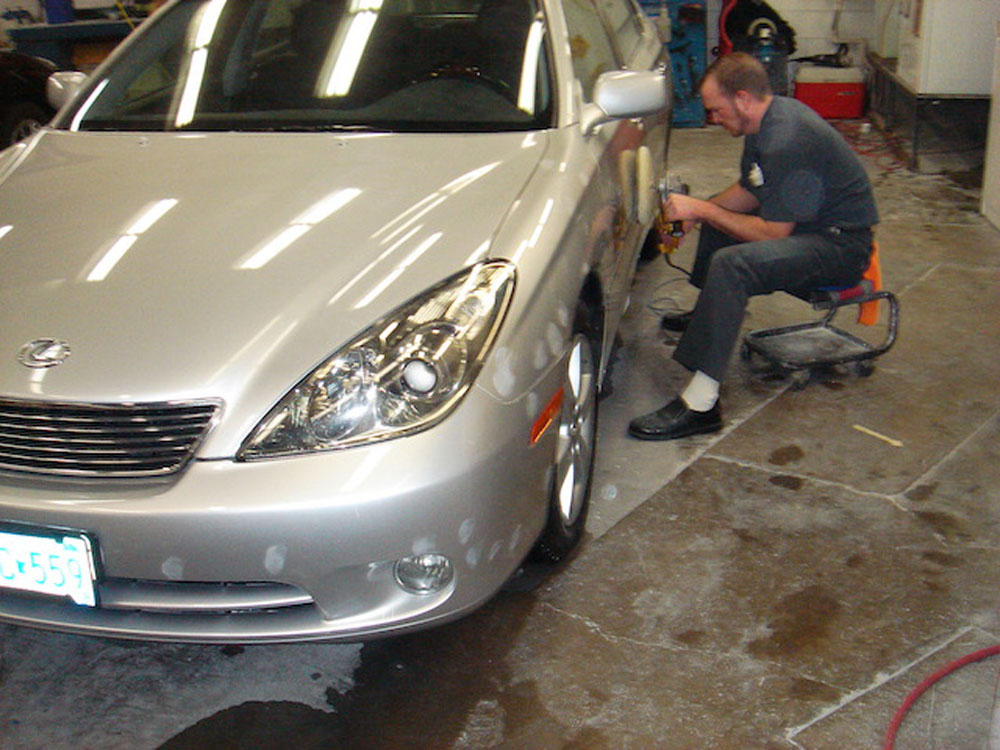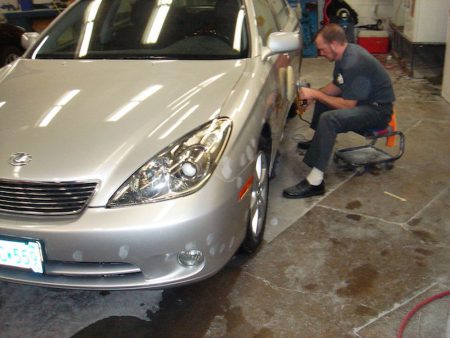
 Every responsible driver desires to practice road safety throughout the entire year. However, as the seasons change, new driving hazards emerge, putting even seasoned drivers at a greater risk for collisions and vehicle damage. As the summer draws to a close and the leaves begin to change color, it is crucial to be prepared for changing driving conditions. Because of this, we have compiled a comprehensive autumn driving guide to help you navigate the transition and remain safe on the road regardless of the season.
Every responsible driver desires to practice road safety throughout the entire year. However, as the seasons change, new driving hazards emerge, putting even seasoned drivers at a greater risk for collisions and vehicle damage. As the summer draws to a close and the leaves begin to change color, it is crucial to be prepared for changing driving conditions. Because of this, we have compiled a comprehensive autumn driving guide to help you navigate the transition and remain safe on the road regardless of the season.
Continue reading to find out more about the seasonal driving dangers you should be aware of and to obtain helpful fall driving safety tips!
Rainfall
In the Midwest, colder and wetter weather is one of the most noticeable changes during the fall. Rainfall reduces visibility, making it more challenging to see other vehicles, pedestrians, and road hazards such as potholes. Additionally, slippery roads can impair your car’s functionality by reducing tire traction, making it more difficult to maintain vehicle control.
Drive more slowly and leave more space between you and other vehicles when it’s raining. Never forget to turn on your headlights. Additionally, it is important to exercise greater caution when applying the brakes, as slippery conditions are more likely to occur on wet roads. Additionally, you should have your windshield wipers inspected and replaced if they are not in working order.
It is also prudent to prepare for possible snowfall and hail. Despite the fact that you may consider these to be winter driving hazards, the weather can be unpredictable, so it’s important to be prepared in case you become trapped in hazardous weather conditions. In fact, you may be surprised to learn that spring is the most common time for hail damage, though it can occur in any season.
Fog & Frost
Fog is another significant visibility concern for autumn driving. Even though misty mornings can be beautiful, they make driving significantly more hazardous. Ensure that your low-beam headlights are on. This will increase your visibility to other drivers by illuminating the road with a wide, dim light. Many automobiles also feature fog lights that can be used in conjunction with the standard headlights. Although you may be tempted to turn on your brights, doing so will cause your lights to reflect the fog and reduce visibility even further.
Rapid temperature drops can also freeze moisture on the road, leaving behind frost. Especially in the morning, make sure to slow down and be aware of particularly slippery roads.
Reduced Tire Pressure
Temperature fluctuations can have a significant impact on your tire pressure. In fact, a temperature drop of only ten degrees can reduce tire pressure by up to two pounds per square inch. Before heading out on the road, it’s a good idea to check and adjust the air pressure in your tires as the temperature drops. You can do this yourself using a pressure gauge, or you can take the vehicle to a mechanic.
Animals on the Highway
Keeping an eye out for animals and pets on the road is one of the most commonly overlooked fall driving safety tips. Unfortunately, autumn is a common time for animal attacks. In fact, the likelihood of hitting an animal in November is 3.5 times greater than in August.
During these months, many animals, particularly deer, are more active, so it is essential to pay attention to signs warning of animal crossings, especially when visibility is poor.
Decreased Daylight Hours
We can anticipate a significant change in the amount of daylight hours each day during the fall season. Why driving at night is more dangerous than during the day is not a mystery.
Not only is visibility significantly reduced, but you are also more likely to encounter reckless and possibly intoxicated drivers. Despite the fact that nighttime only accounts for 25% of our driving time, it is estimated that 50% of car accidents occur after the sun sets. Be mindful of darkness at both the beginning and end of the day, never forget to use your headlights, and exercise additional caution at night.
Descending Leaves
Falling autumn leaves can be beautiful, but they can also make driving hazardous. A layer of leaves on the roadway can conceal road hazards and debris, and when combined with moisture, slippery leaves can reduce tire traction and cause sliding. Be cautious when driving over leaves, and remove leaf accumulation from your driveway on a regular basis.
School Areas
The return of students to school has a major impact on autumn driving. Not only will children of all ages cross the street (sometimes unexpectedly), but school zones and bus stops also cause slower traffic, which can increase frustration and the possibility of a collision with a pedestrian or another vehicle.
When school resumes in the fall, here are a few safety recommendations for school zones:
- Always keep an eye out for school-zone signs, especially when visibility is low.
- Obey posted speed limits around schools.
- Never pass a school bus with flashing red lights.
- Maintain vigilance for children crossing the street.
Do You Require Accident Repair? Fairway Collision Center stands ready to assist!
No one desires to be involved in an accident. However, even the most cautious and seasoned drivers can be involved in collisions.
Fairway Collision Center has provided effective, high-quality collision repair services for a number of years. We are aware that car accidents are always stressful. Therefore, we are committed to offering the best car service in the Northern Twin Cities area at an affordable price. From minor dings to major bodywork, our mechanics have the equipment and knowledge to get your vehicle back on the road safely.

